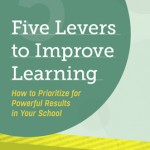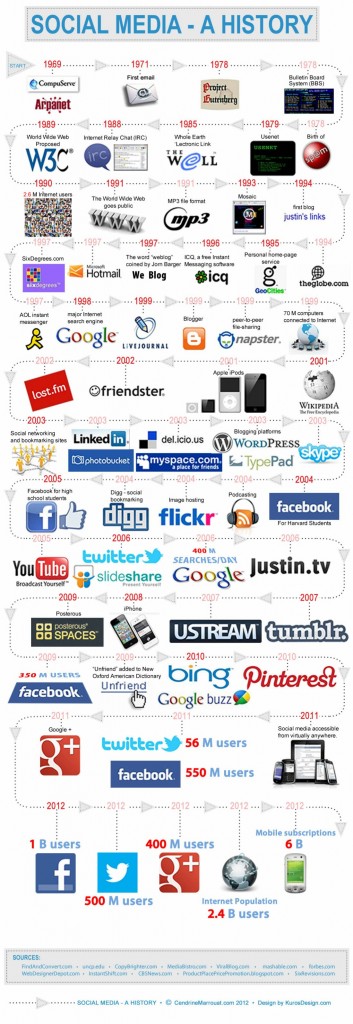“A group of teachers may use a new strategy and express concerns that the approach is ineffective because after initial attempts, students didn’t learn as well as when the previous strategy was used. However, when developing proficiency in a new skill or strategy, even experts are prone to errors (Ericsson et al., 1993).”
― Tony Frontier, Five Levers to Improve Learning: How to Prioritize for Powerful Results in Your School
A leader who I have had the privilege of interacting with in person is Dr. Anthony Frontier. Tony is a leader, a teacher, an author, and an inspiration! One of books he co-authored (with another superstar in education Dr. Jim  Rickabaugh) is called Five Levers to Improve Learning: How to Prioritize for Powerful Results in Your School (January 2014 – ASCD). In this blog post I share some information that Tony shared with a leadership institute in which I was a part in an effort to highlight some thoughts and plans and priorities regarding DPS109 plans vis a vis the 5 levers. The specific lever in which we are directly focused is “strategy”.
Rickabaugh) is called Five Levers to Improve Learning: How to Prioritize for Powerful Results in Your School (January 2014 – ASCD). In this blog post I share some information that Tony shared with a leadership institute in which I was a part in an effort to highlight some thoughts and plans and priorities regarding DPS109 plans vis a vis the 5 levers. The specific lever in which we are directly focused is “strategy”.
From Frontier/Rickabaugh: (the five levers are structure, sample, standard, strategy and self.
| strategy
The practices teachers use to help students deepen their understanding of content and improve student’s ability to use important skills. |
· Instructional strategies for whole class instruction
· Instructional strategies for individualized instruction · Efforts to empower students as agents in curriculum, instruction, and assessment |
· How will we teach?
· How will we know they’ve learned? · How will we build on student strengths? · How will we provide appropriate challenge for learners? · How will we provide appropriate support for learners? |
The goal of meaningful change that transforms is referred to as transformational change, or second order change:
Transformational Change
Planning questions that challenge the underlying assumptions about the relationship among school structure, student & adult beliefs about learning that yields a more effective learning experience for students.
This is in contrast to surface change or transactional change
Transactional Change
Planning questions that seek changes in current practices, but do not change underlying assumptions about teaching and learning; typically require different logistical approaches, but do not require new or different ways of thinking about leveraging student learning.
Our leadership challenge is to move our system and the people in our system to TRANSFORMATIONAL changes in support of student growth and learning. Some questions Frontier/Rickabaugh suggest in an effort to reach more significant levels of change in the area or lever of strategy are:
- What strategies can educators use to best leverage student learning?
- What strategies can students utilize to best leverage their own learning?
The authors suggest the following strategies to leverage “strategy” as a “lever” of change:
| Leveraging Strategies
Five Levers to Improve Learning, Tony Frontier & Jim Rickabaugh 2014 ASCD |
|
| Do less of… | Do more of… |
| Assuming that because kids were told something, they understand. | Utilize strategies that allow students to construct meaning around important content and build fluency around important skills. |
| Treating students as though they are blank slates. | Utilize strategies that honor the fact that new knowledge is constructed on existing knowledge. |
| Assuming that all kids are as interested in, and as motivated to learn, the content and skills that you teach. | Strive to see learning from the perspective of each student; what is likely to be engaging? What is likely to be relevant? |
| Using rubrics as a tool to justify grades. | Use rubrics as an instructional tool to help students learn how to describe, understand, and assess quality work. |
| Rigid application of models or checklists that ignore the complexities of both the art and science of teaching. | Strive for superintendents, principals, and teachers to understand the complexity and opportunity presented by comprehensive instructional frameworks as a starting point for addressing each student’s learning needs. |
| Assume that all instructional strategies are equally effective in improving student learning. | Acknowledge that different instructional strategies can substantially increase student achievement when deployed effectively and in the right context. |
| Utilize the same few instructional strategies | Utilize a repertoire of instructional strategies that are specifically aligned to the intended outcomes for student learning. |
| Utilizing collaborative time with teams of teachers to talk about structure and sample. | Utilize collaborative time to talk about intentional use of standards and share instructional strategies. |
As we lead on and continue to Engage, Inspire, Empower all students and staff and our community, we seek guidance from experts and leaders in change management like Frontier and Rickabaugh and we use communication tools like blogs, meetings, workshops, to reinforce our messages in our continual quest for excellence!

